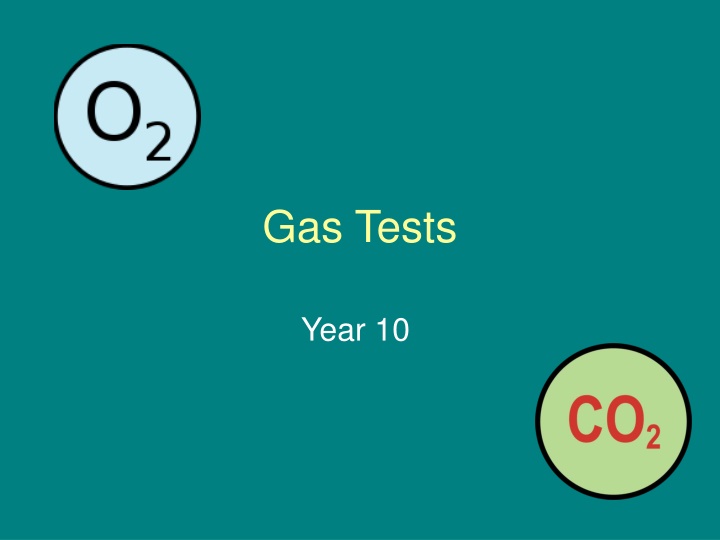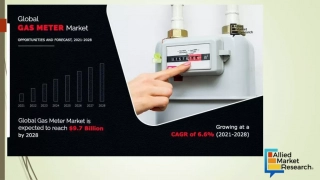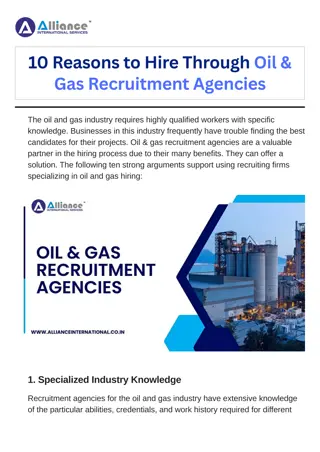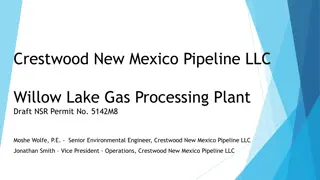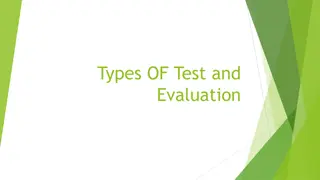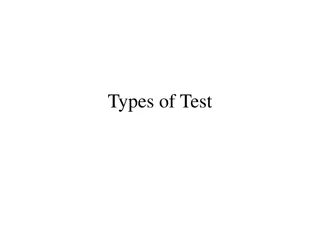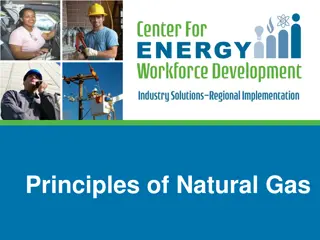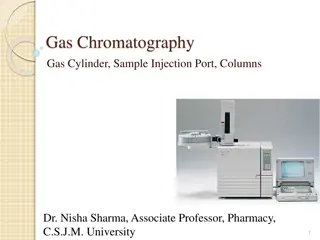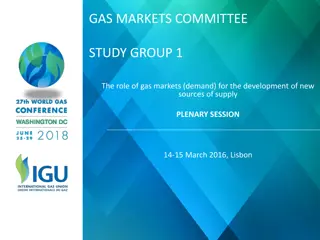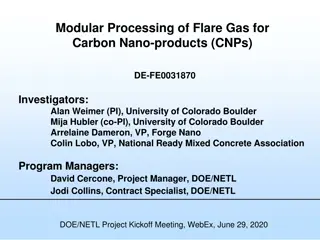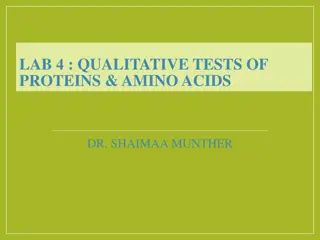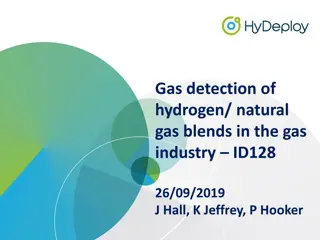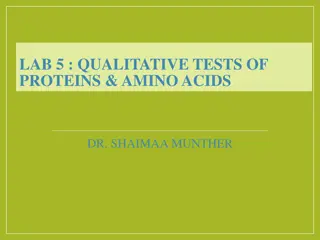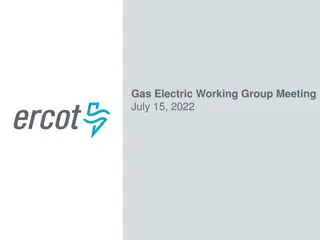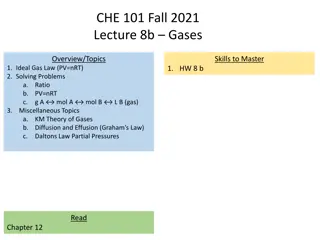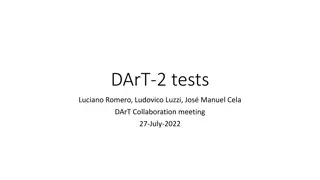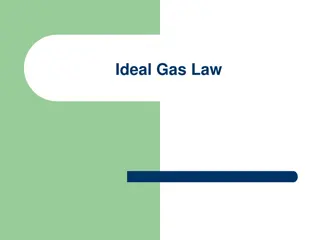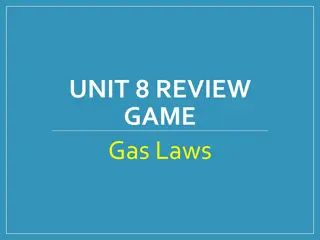Gas Tests
Discover the fascinating world of gas tests tailored for Year 10 students. Uncover the principles, processes, and significance behind these experiments to enhance your understanding of gases in a hands-on way.
Download Presentation

Please find below an Image/Link to download the presentation.
The content on the website is provided AS IS for your information and personal use only. It may not be sold, licensed, or shared on other websites without obtaining consent from the author.If you encounter any issues during the download, it is possible that the publisher has removed the file from their server.
You are allowed to download the files provided on this website for personal or commercial use, subject to the condition that they are used lawfully. All files are the property of their respective owners.
The content on the website is provided AS IS for your information and personal use only. It may not be sold, licensed, or shared on other websites without obtaining consent from the author.
E N D
Presentation Transcript
Gas Tests Year 10
Three Common Gases: The three most common gases given off in reactions are: Oxygen Hydrogen Carbon dioxide All these gases are colorless and odourless. There are tests we can do to establish which gas is given off in an experiment.
To test for Carbon dioxide Use Lime water (Calcium Hydroxide) When Carbon dioxide is bubbled through lime water, the lime water becomes cloudy. A precipitate is formed.
To test for Hydrogen Magnesium will react with acid and hydrogen gas is given off. If this gas is collected and ignited it will explode making a squeaky pop!
To test for Oxygen Oxygen will relight a glowing splint. There are a number of ways of producing oxygen in the lab.
What to do next 1. Draw your own diagrams to show how you test for each gas. 2. Which gases are elements? 3. Which gas is a compound? 4. Why are the gas tests need to identify these gases? 5. Research how to produce oxygen in the lab.
